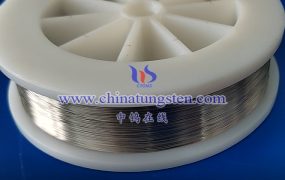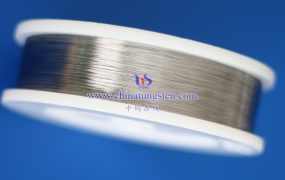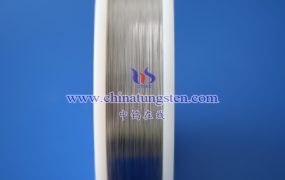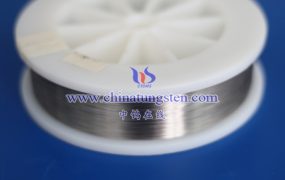The global market supply of cutting-resistant tungsten wire has certain volatility, which is mainly affected by the following factors, making the supply stability not completely reliable. The following are the main factors that affect the supply stability of the global resistant tungsten wire market:
- Concentration of tungsten ore resources
Global tungsten ore resources are concentrated: Global tungsten ore resources are highly concentrated, and China is the world’s largest tungsten producer and exporter, accounting for more than 80% of the global supply. Such a concentrated distribution of resources makes the market supply extremely vulnerable to China’s production and export policies. If China restricts tungsten ore exports or implements stricter export quotas, global supply may be severely restricted.
Impact of other supply countries: In addition to China, Russia, Canada, Austria, Portugal and other countries also have tungsten mining, but the supply scale is relatively small. The global distribution of tungsten resources is uneven, making the global supply chain vulnerable to major producing countries.
- Global economic and geopolitical factors
Geopolitical risks: Since tungsten is a strategic metal and is widely used in high-tech fields such as defense, aerospace, and electronics, geopolitical tensions may affect the global tungsten supply chain. For example, Sino-US trade frictions or trade sanctions from other countries may lead to interruptions in tungsten supply in major exporting countries, thereby affecting the stability of global market supply.
Economic uncertainty: Fluctuations in the global economy also have an impact on the demand and supply of tungsten wire. When economic growth slows, demand falls, which may cause producers to cut production, thus affecting the continuity of supply; when the economy recovers or demand is strong, the supply chain will find it difficult to quickly adapt to the surge in demand, leading to supply shortages.
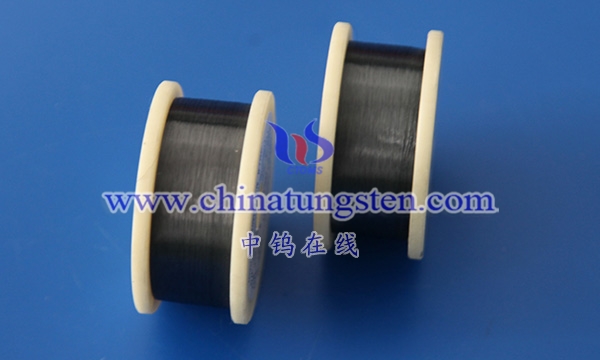
- Supply chain bottlenecks
Mining production interruptions: Tungsten mining and refining require complex processes. If the mine is unexpectedly shut down (such as worker strikes, natural disasters, etc.) or key equipment is damaged, it may lead to supply shortages. In addition, the mining environment of tungsten ore is demanding, and the harsh natural conditions in some mining areas also increase the uncertainty of supply.
Transportation issues: The global transportation of tungsten ore and tungsten products depends on sea and land transportation. In the case of epidemics, extreme weather, port congestion, etc., transportation supply chain disruptions will also affect the global market supply of tungsten wire.
- Government policies and regulations
Export restrictions and tariffs: Tungsten is a strategic metal, and major producing countries sometimes impose export restrictions in order to retain domestic resources or respond to market fluctuations. China has restricted tungsten ore exports many times in the past, resulting in tight supply in the global market. Similar policies may still be adopted in the future, especially when bottlenecks occur in the global supply chain or resources are scarce.
Environmental protection and mining regulations: With stricter environmental protection regulations being implemented globally, the mining and processing of tungsten ore faces higher environmental protection costs. If producing countries or regions increase their supervision of mining, the supply chain of tungsten may be affected, resulting in unstable global market supply.
- Market demand fluctuations
High demand concentration: Cut-resistant tungsten wire is widely used in high-end manufacturing industries such as aerospace, electronics, defense, and tool manufacturing. The demand for tungsten in these industries is relatively concentrated. When the demand in one of these industries grows rapidly, the supply of tungsten wire may be tight; conversely, economic recession or technological substitution may lead to a decline in demand, and manufacturers may cut supply, affecting the stability of the global market.
Impact of price fluctuations on the supply chain: Tungsten price fluctuations will also affect the stability of the supply chain. If the price of tungsten is too low, mines may reduce production or temporarily stop production, resulting in a shortage of supply; when the price of tungsten is too high, the demand of downstream companies may decline, affecting the operation of the overall supply chain.
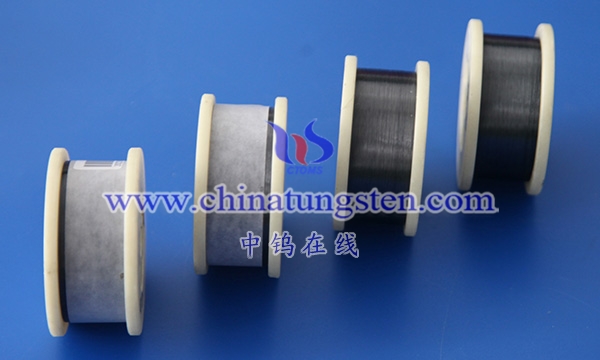
- Substitutes and technological progress
The rise of alternative materials: Some high-end manufacturing industries are exploring alternative materials for tungsten to reduce their dependence on tungsten. For example, technological advances in carbides or high-strength alloys may partially replace the application of tungsten wire. If alternative materials are more widely used in the future, global demand for tungsten may weaken, affecting the layout of the supply chain.
Use of new processes: Advances in manufacturing processes may also improve the stability of tungsten supply. For example, more efficient tungsten refining technology or recycling processes may alleviate the scarcity of tungsten resources.
- Reuse of tungsten
Supply of recycled tungsten: There is also a supply of recycled tungsten (by recycling waste tungsten materials) in the global market, which has alleviated the supply pressure of tungsten to a certain extent. However, the scale of recycled tungsten is still limited, and the global market is still dominated by ore tungsten. Therefore, the supply fluctuation of ore tungsten will directly affect the supply stability of cut-resistant tungsten wire.
More details of tungsten wires, please visit website: http://tungsten.com.cn/tungsten-wires.html
Please contact CHINATUNGSTEN for inquiry and order of tungsten needles:
Email: sales@chinatungsten.com
Tel.: +86 592 5129595

